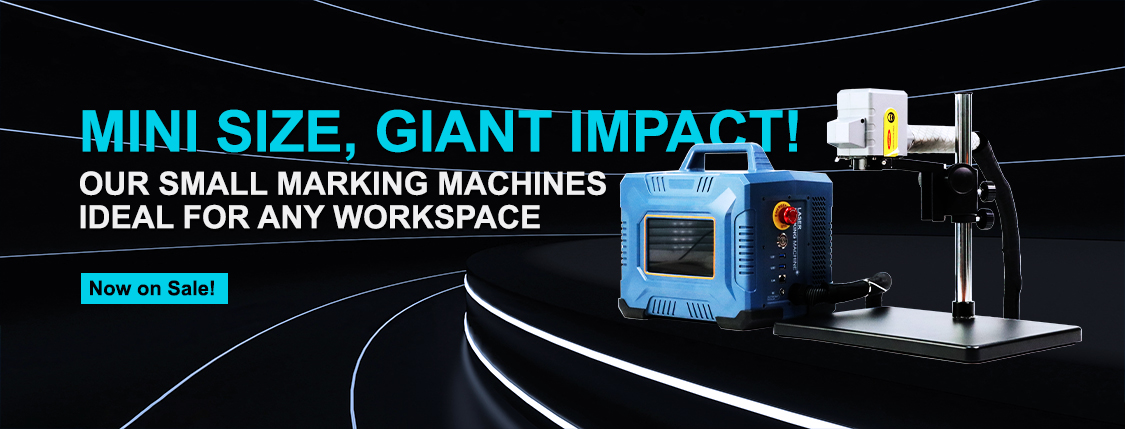What is the principle of pulsed strong light sterilization
What is the principle of pulsed strong light sterilization
Pulsed strong light is the synergistic action of visible light, infrared light and ultraviolet light on microorganisms, which can destroy the cell wall and nucleic acid structure of microorganisms, thus killing microorganisms. Pulsed strong light has obvious bactericidal effect on mold, gram-positive pathogenic bacteria, Gram-negative pathogenic bacteria, aerobic bacterial spores and fungal conidia, Staphylococcus aureus, Bacillus subtilis, yeast and so on. The bactericidal mechanism mainly includes the following two points:
Pulsed bright light sterilization and disinfection
1. Photochemistry
Because bacterial cells contain bacterial genetic information nucleic acid, when the nucleic acid is irradiated by pulsed strong light, a large amount of ultraviolet light will be absorbed, thus forming a part of the m-diazepine and m-diazepine isomers in the body. This substance will cause the bacteria's own metabolic function dysfunction, and will cause the bacteria genetic problems, until death. The 200-280nm part of pulsed strong light is the most easily absorbed, and the photochemical action is mainly UVC.
Photochemistry refers to the optical zhi reaction that occurs when microorganisms are exposed to light of a specific wavelength du. dao double helix genetic information in microorganisms will form partial isomers of m-diazepines and m-diazepines when exposed to ultraviolet light. This substance will cause the bacteria's own metabolic function dysfunction, and will cause the bacteria genetic problems, until death. Photochemistry is the main disinfection mechanism of traditional UV rays. Because pulsed strong light also covers the ultraviolet band, pulsed strong light also has the mechanism of photochemical disinfection. However, this mechanism only plays an auxiliary role in pulsed strong light. For fungi and spores, ultraviolet light is difficult to penetrate the dense cell wall structure, and DNA material cannot absorb ultraviolet light, so the disinfection efficiency is very low
2. Photothermal effect
Although the photochemical action is mainly from UVC, the UVA and UVB parts of pulsed bright light also play a certain bactericidal role. When the radiation dose reaches a certain level, UVA and UVB can rapidly increase the surface temperature of cells to 130°C, which destroys the bacterial cell wall, evaporates the cell fluid, completely destroys the cell structure, and leads to death.
Photothermal action refers to the temperature rise caused by the absorption of light energy by a substance. When microorganisms are irradiated by pulsed strong light in a close distance, the surface temperature of microorganisms will rise sharply and the surface structure will be completely destroyed and die due to the absorption of a large amount of light energy in a short time. Because the whole photothermal process is very short, the irradiated object does not produce temperature rise, and basically does not affect the nutrients. According to the mechanism of photothermal disinfection, pulsed strong light can kill all microorganisms very effectively.



